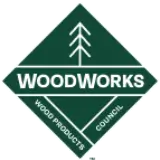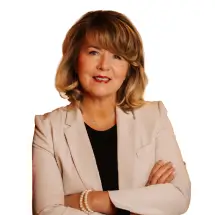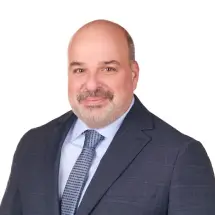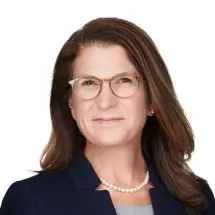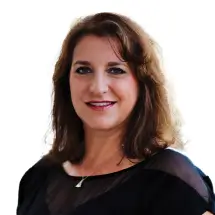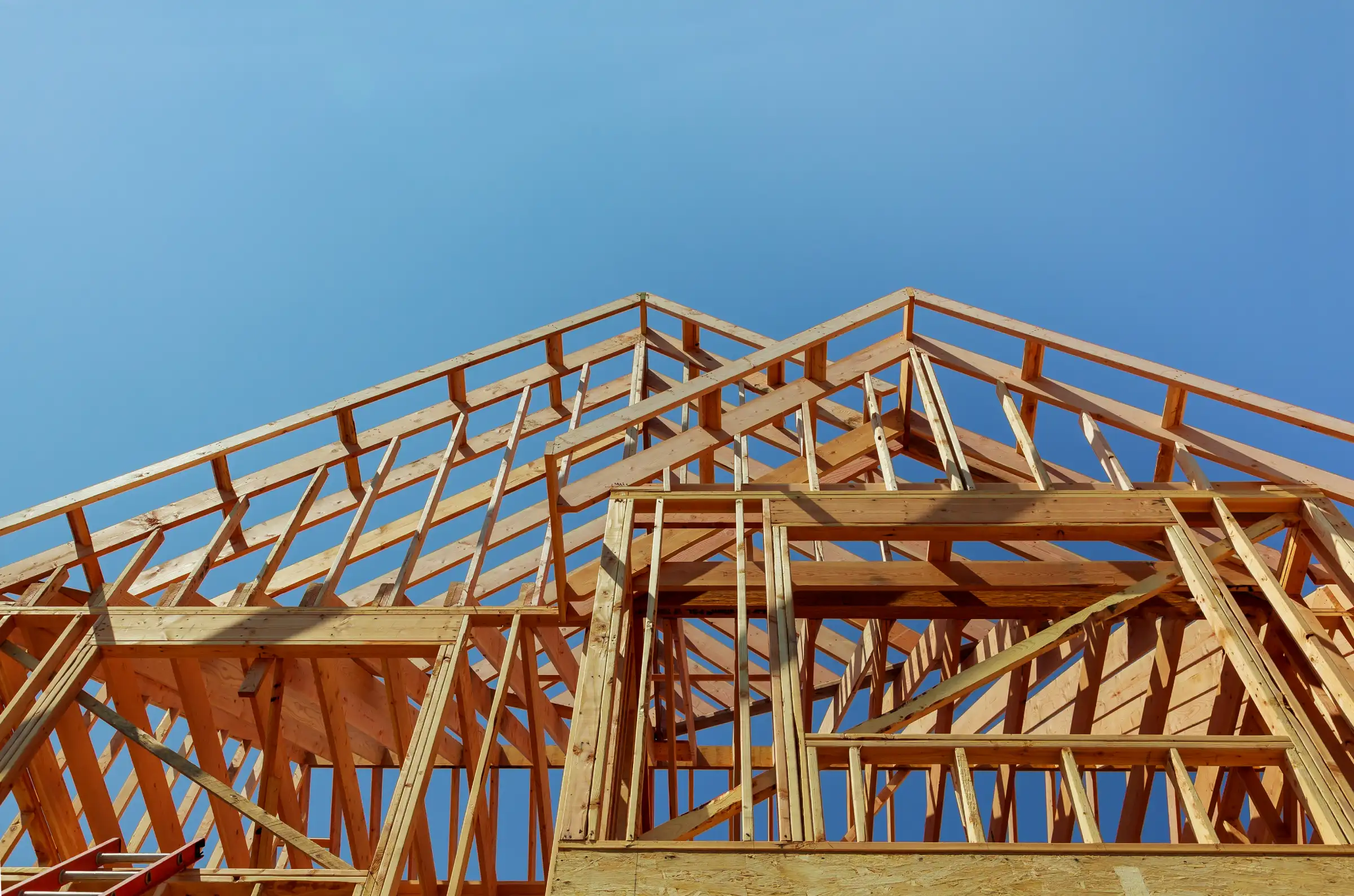
Diversifying Demand, Defending
Markets, and Delivering Results for the
Softwood Lumber Industry
Continuing the SLB’s Vital Work
In 2011, the Binational Softwood Lumber Council (BSLC) funded the development of the Softwood Lumber Board (SLB), an industry-funded checkoff program overseen by the U.S. Department of Agriculture (USDA). With the goal of promoting softwood lumber to increase demand, expand market share, and advance wood in building codes and standards, the SLB’s investments have generated more than 16 billion board feet (BBF) of incremental demand since 2012.
The USDA conducts a referendum every five to seven years to continue the SLB, and the vote to continue the SLB for a third term will take place soon. It’s never been more important for producers in the industry to work together to develop new markets, combat competitive threats, and stimulate demand for softwood lumber. By investing together, we create collective wins that no single company could achieve alone.

SLB is upcoming.
The BSLC supports the continuation of the SLB
for a third term as a scalable, collaborative,
industry-wide strategy that is vital to securing the
future health of the lumber industry.
THE SLB’S IMPACT
Every dollar spent by the SLB goes directly into
growing the U.S. market for lumber.
The SLB and its funded programs—including the American Wood Council (AWC),
Think Wood, WoodWorks, and SLB Education—are essential for unlocking new
market opportunities for softwood lumber. These programs help overcome
challenges, such as tightening economic conditions that constrain lumber demand
in the single-family housing market and code and policy headwinds that threaten
demand in applications like outdoor living.
The SLB’s investments have generated more than 16 BBF of incremental demand since 2012.

Accelerating
Lumber
Consumption
Without the SLB, annual U.S. softwood lumber consumption would have been 3.5% lower.
Roll Over For More
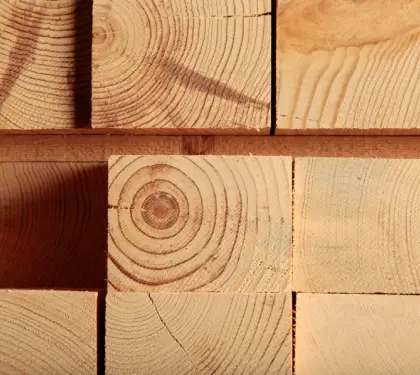
Successful
Checkoff
Program
The SLB has the highest return on investment of any of the USDA Checkoff Programs.
Roll Over For More
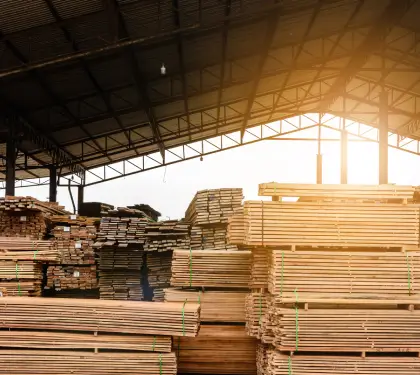
Return On
Investment
$44 is returned for every $1 invested since the SLB’s inception.
Roll Over For More
Our Industry Leaders Support the SLB
Why Vote Yes?
The SLB is essential for unlocking new market opportunities for
softwood lumber that benefit the entire industry and its investors
on an individual level.

WHO FUNDS THE SLB?
on the volume of lumber shipped to or produced in
the U.S. (net of exports and a 15 million BF de
minimis credit).

HOW DOES THE
INDUSTRY BENEFIT?
market share in the U.S., the SLB frequently
collaborates with organizations outside of the U.S. to
share learnings, messaging, and relevant experiences
to support efforts to increase per capita consumption
of softwood lumber.
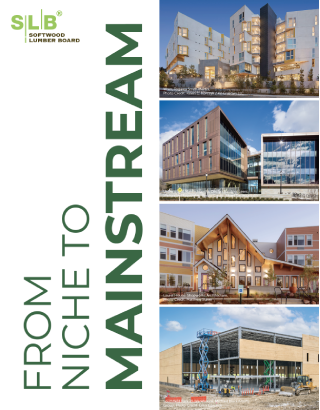
The SLB has approved a strategic plan to
deliver 2.9 BBF of annual incremental
lumber volume by 2035.
The SLB’s targeted go-forward strategy prioritizes refinement, optimization, and
focus, using precision to drive incremental growth in sectors that present high
opportunity with the lowest investments of time, talent, and treasury.
To achieve its goal of 2.9 BBF in annual incremental
demand by 2035, the SLB will focus its efforts on:
670 MM BF
in 1-4 story multifamily,
capitalizing on light-frame’s
dominant position.
307 MM BF
in 5-8 story multifamily, increasing
momentum with hybrid light-frame
and mass timber solutions.
414 MM BF
in commercial, where 1-2 story
retail and restaurants are a
good fit for light-frame.
203 MM BF
in educational buildings, which is
a growing sector that appreciates
wood’s biophilic benefits and
warm, inviting atmosphere.
299 MM BF
in offices and banks,
including the growing data
center segment.
178 MM BF
in warehouses, which presents
substantial potential but high
barriers to entry.
Projected Material Type Breakdown
Without the SLB, We Lose Ground Fast.
The risks are higher than they were when the SLB
held its last continuance referendum in 2018.
momentum that has developed since 2012 will rapidly erode, and the investments
and time spent since inception will be for naught.
Lost Market Share
funded, coordinated efforts from other competitive
materials, such as steel and concrete. Having
witnessed the success of the SLB, these industries are
investing tens of millions annually in promotional and
advocacy efforts to gain market share in residential
and non-residential sectors. Without the SLB, the
industry stands to lose significant market share across
all sectors where lumber is currently used.
Program Disruptions
and inefficiencies, resulting in improved outcomes
and greater overall benefits for the industry. Without
the coordinated efforts of the SLB, the vital work of
funded programs like Think Wood and SLB Education
would be eliminated, and programs where the SLB is
the primary funder—the AWC and WoodWorks—
could experience drastic changes or cease to exist
entirely.
A Vote for the SLB is a Vote for a
Strong Lumber Industry.
return, the SLB has shown a proven track record for delivering meaningful results. To
continue building on the momentum created since 2012,
please vote “Yes” to support the continuation of the SLB.
About the Binational Softwood Lumber Council
Lumber Agreement to promote cooperation and expand the market for softwood lumber in both nations. Comprised of CEOs from key
producers in Canada and the U.S., the BSLC’s mandate is to strengthen the North American softwood lumber industry by increasing demand
and fostering better relationships between the two nations’ industries.



